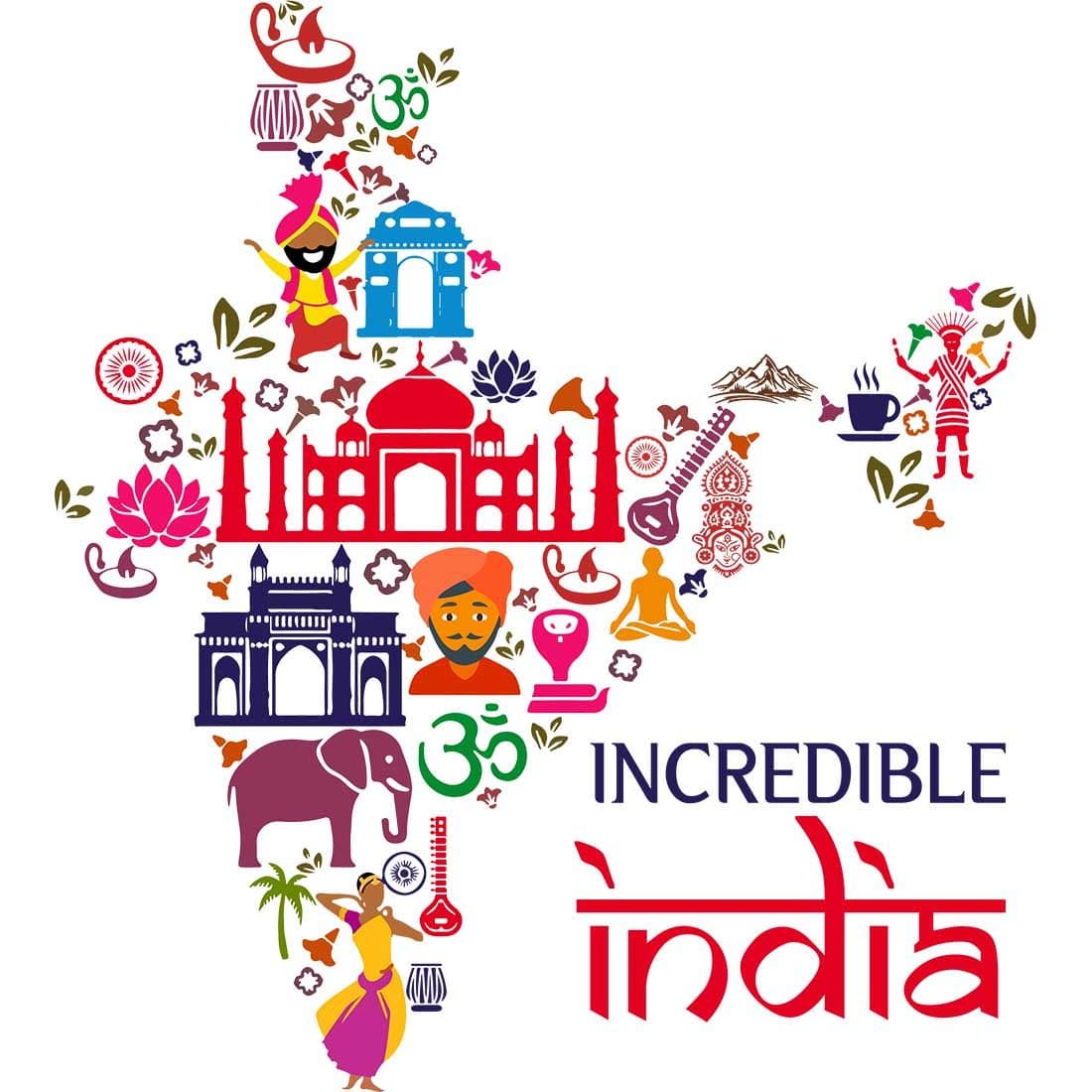India's Famous UNESCO World Heritage Sites


India, with its rich history, diverse culture, and breathtaking natural beauty, is home to 42 UNESCO World Heritage Sites. These sites, recognized for their outstanding universal value, include ancient monuments, historic cities, architectural marvels, and natural wonders. Exploring these UNESCO sites is like traveling through the pages of history while witnessing nature’s grandeur, making them must-visit destinations for every traveler.
Wiki Link: India’s Famous UNESCO World Heritage Sites

Ajanta Caves
Maharashtra
Era: 2nd century BC – 6th century AD
Patron: Vakataka dynasty
UNESCO World Heritage Site: Recognized in 1983
A collection of 30 rock-cut Buddhist monuments dating back to the 2nd century BC to 6th century AD. These caves showcase stunning murals, frescoes, and sculptures depicting the life of Buddha and Jataka tales. Carved into a horseshoe-shaped cliff, the caves were used by monks for prayer, study, and meditation.
Their intricate artistry reflects the zenith of Buddhist religious art in India. The paintings retain much of their original vibrancy even after centuries. Ajanta remains a timeless symbol of India’s spiritual and artistic excellence.
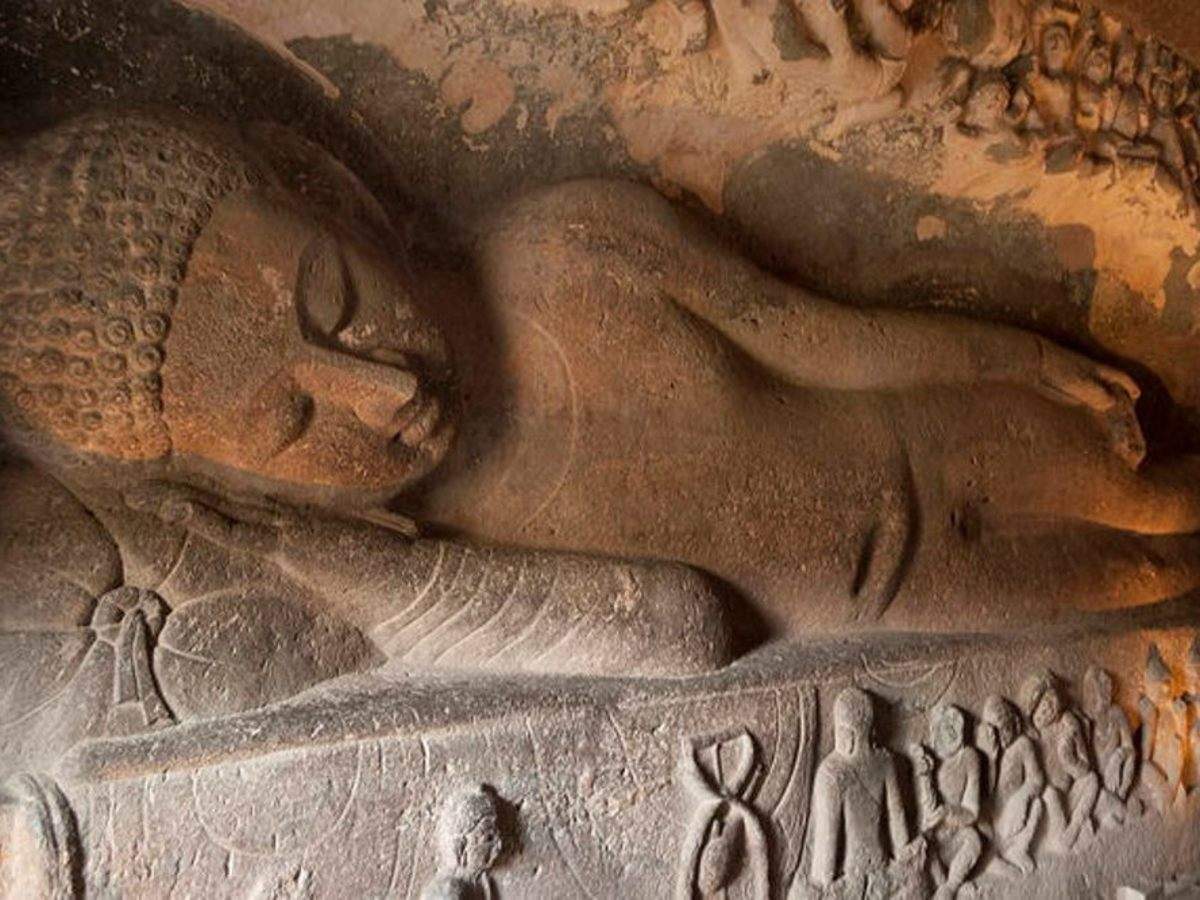
Ellora Caves
Maharashtra
Era: 6th – 10th century AD
Patron: Rashtrakuta dynasty
UNESCO World Heritage Site: Recognized in 2014
Created between the 6th and 10th centuries, represent a rare harmony of Hindu, Buddhist, and Jain traditions. The most remarkable monument here is the Kailasa Temple, a massive rock-cut shrine dedicated to Lord Shiva, carved entirely out of a single rock. With its scale, intricate detailing, and architectural brilliance, it is one of the largest monolithic structures in the world.
The site has 34 caves that demonstrate India’s long history of religious tolerance and cultural fusion. Ellora is celebrated as both a spiritual and artistic masterpiece.

Agra Fort
Uttar Pradesh
Era: 16th century (Mughal)
Patron: Emperor Akbar
UNESCO World Heritage Site: Recognized in 1983
A majestic red sandstone fortress on the banks of the Yamuna River. It served as the main residence of the Mughal emperors until Delhi became the capital.
The fort houses grand palaces, mosques, halls of public and private audience, and intricate marble inlays. Shah Jahan, who built the Taj Mahal, was imprisoned here by his son Aurangzeb, and he spent his final days gazing at the Taj from its balconies. Agra Fort is a UNESCO gem showcasing Mughal grandeur and architectural refinement.

Sun Temple, Konârak
Odisha
Era: 13th century
Patron: King Narasimhadeva I
UNESCO World Heritage Site: Recognized in 1984
Built in the 13th century by King Narasimhadeva I, is designed as a colossal chariot for the Sun God Surya. The temple is adorned with intricately carved stone wheels, horses, and panels depicting divine, human, and animal life. Once standing 200 feet tall, much of the temple is in ruins today, yet it continues to amaze with its architectural precision.
The carvings reflect both religious devotion and the artistic brilliance of the Odishan craftsmen. It is often called the “Black Pagoda” by sailors for its darkened stone façade.

Group of Monuments at Mahabalipuram
Tamil Nadu
Era: 7th – 8th century
Patron: Pallava kings
UNESCO World Heritage Site: Recognized in 1984
Also known as Mamallapuram, is famous for its 7th–8th century rock-cut temples and monuments built by the Pallava dynasty. The site includes structural temples, cave sanctuaries, and giant open-air reliefs, the most famous being the “Descent of the Ganges” panel.
The Shore Temple, standing by the Bay of Bengal, remains a striking example of Dravidian architecture. These monuments demonstrate a remarkable blend of artistic imagination and devotion. The intricate stone carvings make Mahabalipuram an enduring cultural treasure of South India.

Kaziranga National Park
Assam
Era: Established 1905
Patron: Indian government (wildlife conservation)
UNESCO World Heritage Site: Recognized in 1985
A natural paradise famous for being home to the world’s largest population of the Indian one-horned rhinoceros. Spread over lush floodplains and grasslands along the Brahmaputra River, it also shelters tigers, elephants, swamp deer, and numerous bird species.
Its diverse ecosystem supports both tropical forests and wetlands, making it a birdwatcher’s haven. The park is also a successful conservation story, bringing rhinos back from the brink of extinction. Kaziranga’s wild beauty and rich biodiversity attract nature lovers from across the globe.

Keoladeo National Park
Rajasthan
Era: Established 1850s (formerly a royal duck reserve)
Patron: Maharaja of Bharatpur
UNESCO World Heritage Site: Recognized in 1985
Formerly known as Bharatpur Bird Sanctuary, is one of the world’s most important avian habitats. Declared a UNESCO site in 1985, it is home to over 370 species of resident and migratory birds, including the Siberian crane. Originally created as a royal hunting ground, it has now transformed into a vital wetland ecosystem.
The park is interspersed with lakes, marshes, and grasslands, providing a sanctuary for birds, fish, and reptiles. Birdwatchers from around the world visit Keoladeo to witness its rich and vibrant biodiversity.

Manas Wildlife Sanctuary
Assam
Era: Established 1928
Patron: Wildlife conservation efforts, UNESCO Biosphere Reserve
UNESCO World Heritage Site: Recognized in 1985
Located at the foothills of the Himalayas, is known for its unique biodiversity and scenic beauty. It is a Project Tiger reserve, an elephant reserve, and a biosphere reserve, making it one of India’s most important conservation sites. The sanctuary is home to rare species like the pygmy hog, golden langur, and Assam roofed turtle.
Flowing rivers and forested hills enhance its natural charm. Declared a UNESCO site in 1985, Manas symbolizes India’s efforts in wildlife conservation and ecological preservation.

Churches and Convents of Goa
The Sensual & Spiritual Marvel
Era: 16th – 17th century
Patron: Portuguese colonial rulers
UNESCO World Heritage Site: Recognized in 1986
Showcase the legacy of Portuguese colonial rule and the spread of Christianity in India. Built between the 16th and 17th centuries, these monuments include the Basilica of Bom Jesus, which houses the relics of St. Francis Xavier.
Their baroque architecture, ornate altars, and whitewashed exteriors reflect a European style adapted to Indian conditions. The churches served as major centers for missionary activities in Asia. Today, they stand as spiritual landmarks and enduring symbols of Goa’s cultural fusion.
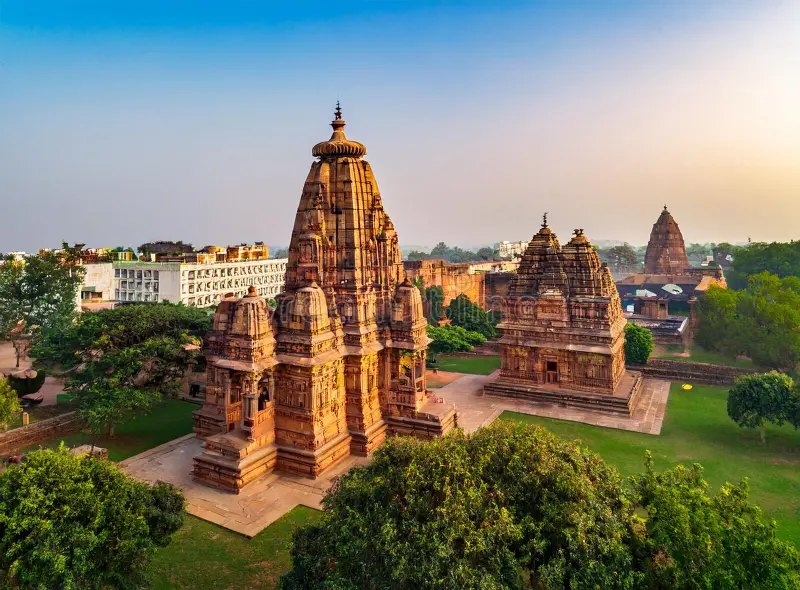
Khajuraho Group of Monuments
Madhya Pradesh
Era: 10th – 11th century
Patron: Chandela dynasty
UNESCO World Heritage Site: Recognized in 1986
Built between the 9th and 12th centuries by the Chandela dynasty, are world-famous for their stunning Nagara-style architecture and intricate stone carvings. Out of the original 85 temples, only about 25 survive today, depicting themes of love, life, spirituality, and divinity.
The sculptures represent gods, goddesses, animals, and celestial beings, alongside sensuous figures symbolizing the balance of human life. The most notable shrines include Kandariya Mahadev, Lakshmana, and Vishwanath temples. These monuments embody India’s rich artistic traditions and spiritual ethos.
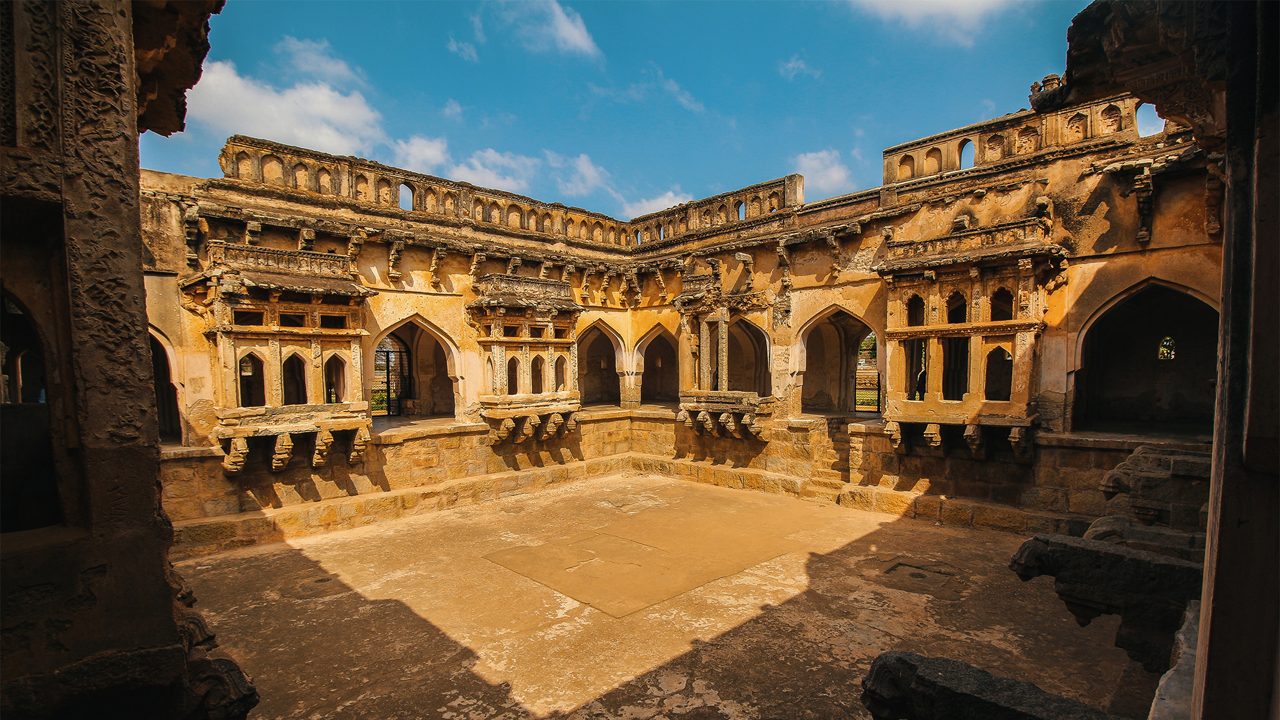
Group of Monuments at Hampi
Karnataka
Era: 14th – 16th century
Patron: Vijayanagara Empire
UNESCO World Heritage Site: Recognized in 1986
Once the capital of the Vijayanagara Empire, is a vast archaeological site dotted with temples, palaces, and market streets. Dating back to the 14th–16th centuries, it flourished as one of the richest cities in the world. The Virupaksha Temple, Vittala Temple with its stone chariot, and royal enclosures highlight its grandeur.
Its boulder-strewn landscape intermingles with the ruins, creating a surreal setting. Hampi reflects the brilliance of Vijayanagara’s architecture, art, and urban planning, making it a living museum of medieval India.

Fatehpur Sikri
Uttar Pradesh
Era: 16th century
Patron: Emperor Akbar
UNESCO World Heritage Site: Recognized in 1986
Served briefly as the Mughal capital before being abandoned due to water scarcity. The city is a masterpiece of Indo-Islamic architecture, blending Persian and Indian styles. Key structures include Buland Darwaza, Jama Masjid, Panch Mahal, and the tomb of Salim Chishti.
The entire complex reflects Akbar’s vision of cultural and religious harmony. Despite its short-lived status as a capital, Fatehpur Sikri remains one of the most iconic Mughal architectural achievements.

Group of Monuments at Pattadakal
Karnataka
Era: 7th – 8th century
Patron: Chalukya dynasty
UNESCO World Heritage Site: Recognized in 1987
A small town in Karnataka, is celebrated for its 7th–8th century Chalukyan temples. It represents a fusion of northern Nagara and southern Dravidian architectural styles. The Virupaksha Temple, built to commemorate a victory, is the most prominent monument here.
Other shrines like Mallikarjuna and Papanatha temples are adorned with detailed sculptures of gods, goddesses, and mythological stories. Pattadakal was once a royal ceremonial center for coronations. Its monuments reflect both artistic mastery and religious devotion of the Chalukya dynasty.
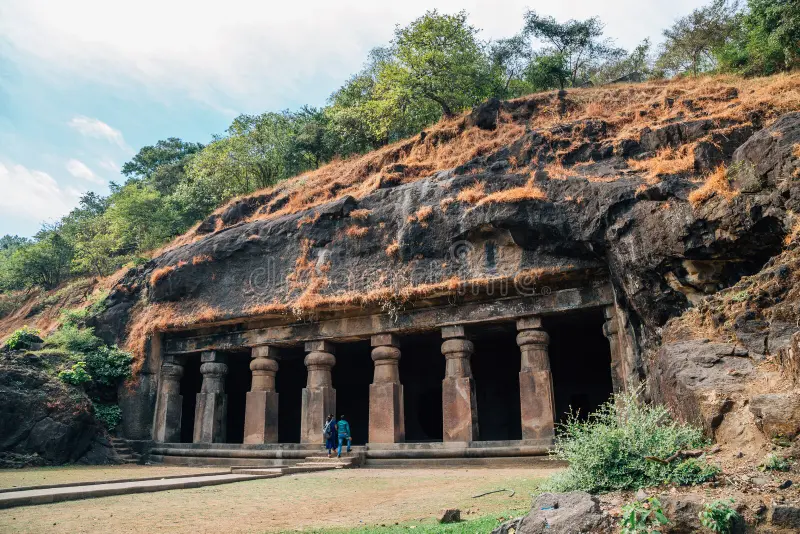
Elephanta Caves
Maharashtra
Era: 6th – 10th century
Patron: Rashtrakuta dynasty
UNESCO World Heritage Site: Recognized in 1987
Date back to the 5th–8th centuries and are dedicated primarily to Lord Shiva. The most iconic feature is the colossal three-headed Trimurti sculpture, symbolizing creation, preservation, and destruction. The caves consist of rock-cut temples and shrines with intricate carvings depicting scenes from Hindu mythology.
Once an important place of worship, the caves also reveal influences of Buddhist architectural traditions. Surrounded by the Arabian Sea, Elephanta Caves remain a serene cultural and historical treasure.

Great Living Chola Temples
Tamil Nadu
Era: 11th – 12th century
Patron: Chola kings (Rajaraja I and Rajendra I)
UNESCO World Heritage Site: Recognized in 1987 & extended in 2004
Consist of three monumental Dravidian-style temples built during the Chola dynasty: Brihadeeswarar Temple at Thanjavur, Airavatesvara Temple at Darasuram, and Gangaikonda Cholapuram. Constructed between the 11th and 12th centuries, they represent the height of Chola architecture, art, and engineering.
The Brihadeeswarar Temple, dedicated to Lord Shiva, is particularly renowned for its massive vimana (tower). These temples are still active places of worship, hence called “living temples.” They showcase the Cholas’ devotion, artistic brilliance, and administrative power.

Sundarbans National Park
West Bengal
Era: Established 1984 (mangrove conservation)
Patron: Wildlife authorities, Sundarbans Biosphere
UNESCO World Heritage Site: Recognized in 1987
The world’s largest mangrove forest and a critical habitat for the Royal Bengal Tiger. A UNESCO site since 1987, it lies at the delta of the Ganges, Brahmaputra, and Meghna rivers. The park is a unique ecosystem where land and water blend seamlessly, supporting salt-tolerant trees, estuaries, and mudflats.
Apart from tigers, it shelters estuarine crocodiles, spotted deer, and numerous bird species. The Sundarbans also act as a natural shield against cyclones, protecting coastal communities.

Nanda Devi and Valley of Flowers National Parks
Uttarakhand
Era: Established 1982 (park); natural heritage significance
Patron: Indian government (national park designation)
UNESCO World Heritage Site: Recognized in 1988 & extended in 2005
Nestled in the Himalayas, these twin UNESCO sites are celebrated for their natural beauty and biodiversity. Nanda Devi National Park, dominated by the majestic Nanda Devi peak, preserves rare alpine flora and fauna.
The Valley of Flowers, a vibrant meadow that blooms with colorful wildflowers every monsoon, is a botanist’s paradise. Together, they provide a habitat for snow leopards, Asiatic black bears, and blue sheep. The region’s untouched wilderness and breathtaking landscapes attract trekkers, nature lovers, and researchers alike.

Buddhist Monuments at Sanchi
Madhya Pradesh
Era: 3rd century BC (Ashoka) with later additions
Patron: Emperor Ashoka and later dynasties
UNESCO World Heritage Site: Recognized in 1989
Dating back to the 3rd century BC, are among the oldest stone structures in India. Commissioned by Emperor Ashoka, the Great Stupa at Sanchi is the most iconic, symbolizing the Buddha’s teachings.
The elaborately carved gateways (toranas) depict scenes from Buddha’s life and Jataka tales. Over centuries, monasteries, stupas, and temples were added, making Sanchi a major Buddhist pilgrimage site. The complex reflects both the spread of Buddhism and India’s architectural ingenuity.
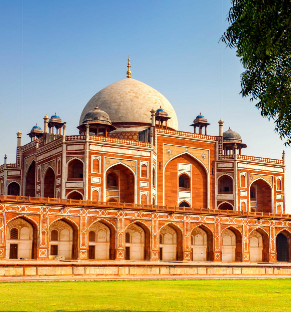
Humayun’s Tomb
Delhi
Era: 16th century
Patron: Empress Bega Begum
UNESCO World Heritage Site: Recognized in 1993
The widow of Mughal Emperor Humayun, this tomb was the first garden-tomb on the Indian subcontinent. Designed by Persian architect Mirak Mirza Ghiyas, it features a perfect blend of Persian and Mughal styles. The tomb is set amidst Charbagh-style gardens with water channels, symbolizing paradise.
Its double-dome structure and red sandstone façade inspired later Mughal masterpieces, including the Taj Mahal. Humayun’s Tomb remains a landmark of Mughal art and an enduring legacy of Delhi’s heritage.
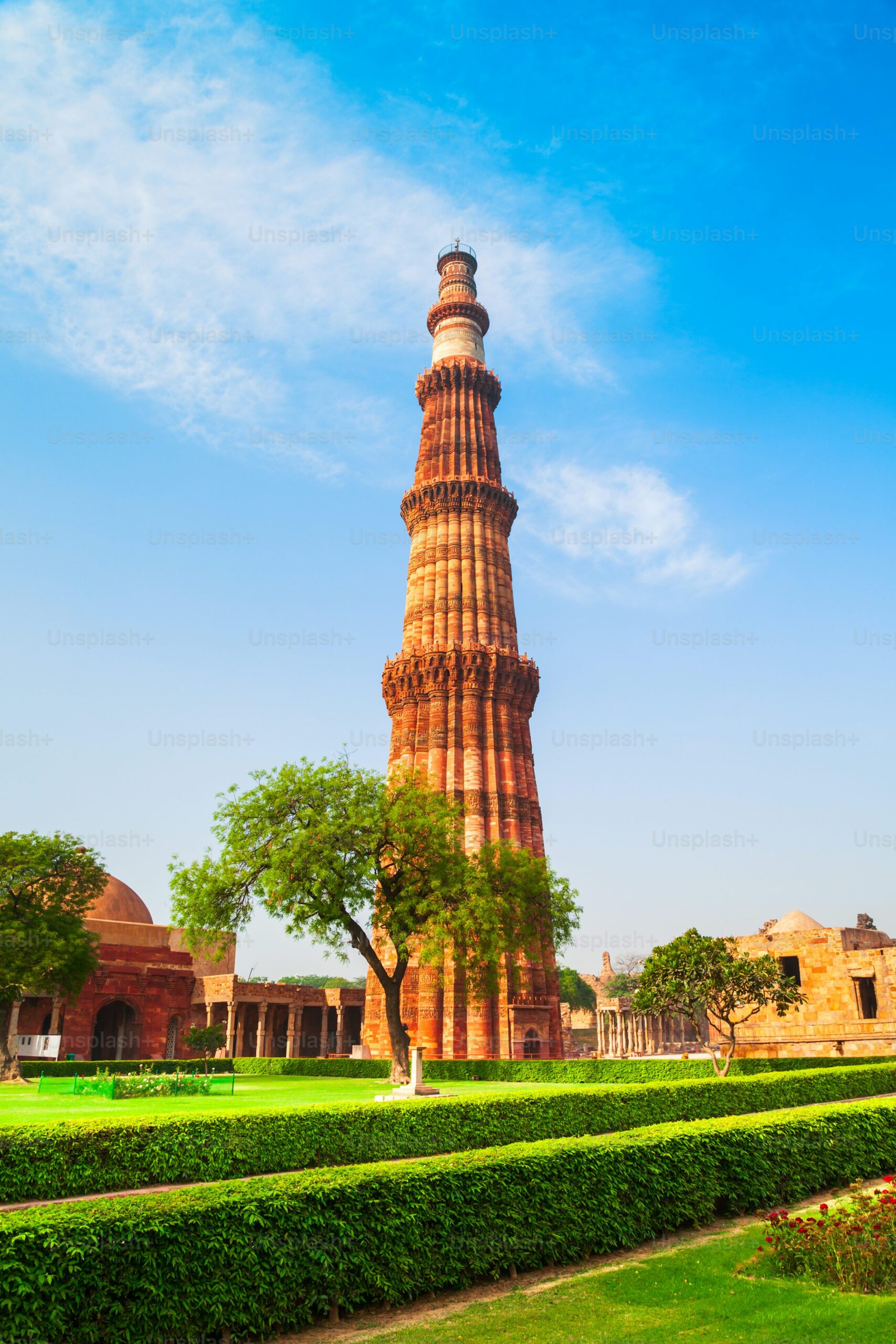
Qutb Minar and its Monuments
Delhi
Era: 12th – 14th century
Patron: Qutb-ud-din Aibak, Iltutmish, Alauddin Khilji
UNESCO World Heritage Site: Recognized in 1993
A striking example of Indo-Islamic Afghan architecture, built in the early 13th century by Qutb-ud-din Aibak and later expanded by his successors. The 73-meter-high tapering tower is adorned with intricate carvings and verses from the Quran.
Surrounding monuments include the Quwwat-ul-Islam Mosque and the Iron Pillar of Delhi, which showcases advanced metallurgy of ancient India. This complex represents the fusion of Hindu and Islamic craftsmanship. It is one of Delhi’s most visited historical landmarks and a symbol of India’s layered heritage.
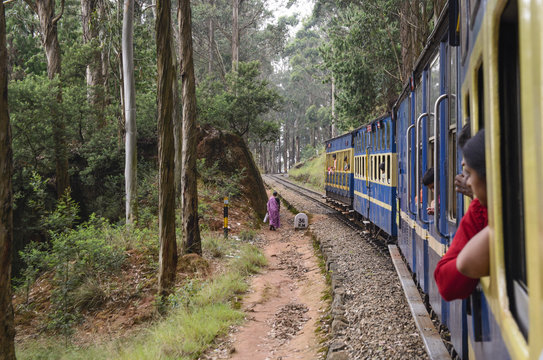
Mountain Railways of India
Darjeeling (West Bengal), Nilgiri (Tamil Nadu), Kalka–Shimla (Himachal Pradesh)
Era: Late 19th – early 20th century
Patron: British colonial administration
UNESCO World Heritage Site: Recognized in 1999 (Darjeeling); extended 2005, 2008
Built between the late 19th and early 20th centuries, these engineering marvels traverse rugged terrain and steep slopes. The railways highlight the colonial-era innovation that connected remote hill regions with the plains.
Their scenic routes pass through breathtaking valleys, tunnels, and bridges, offering both engineering excellence and visual delight. Even today, they are functional and cherished by travelers for their heritage charm and cultural value.
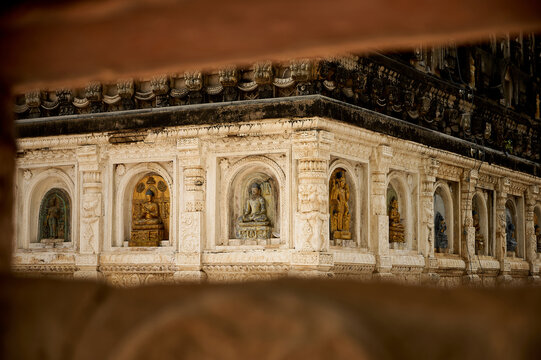
Mahabodhi Temple Complex at Bodh Gaya
Bihar
Era: 3rd century BC origins; present structure 5th–6th century AD
Patron: Emperor Ashoka (original stupa), later Buddhist patrons
UNESCO World Heritage Site: Recognized in 2002
One of Buddhism’s holiest sites, marking the spot where Gautama Buddha attained enlightenment under the Bodhi Tree. The temple, first built by Emperor Ashoka in the 3rd century BCE and later restored, is a stunning example of early brick architecture.
The sacred Bodhi Tree continues to draw pilgrims worldwide. The temple complex also features monasteries, stupas, and meditation areas. It stands as a beacon of peace, spirituality, and global Buddhist culture.

Rock Shelters of Bhimbetka
Madhya Pradesh
Era: Paleolithic to Mesolithic (30,000+ years ago)
Patron: Prehistoric human settlements
UNESCO World Heritage Site: Recognized in 2003
Showcase some of the earliest traces of human life in India. The caves contain prehistoric paintings that depict hunting, dancing, animal figures, and daily life, dating back over 30,000 years.
This site bridges the gap between prehistoric and historic periods with continuous cultural evidence. The vibrant rock art provides insights into the cognitive and artistic evolution of humankind. Surrounded by dense forests and sandstone formations, the shelters offer a unique window into ancient civilizations.
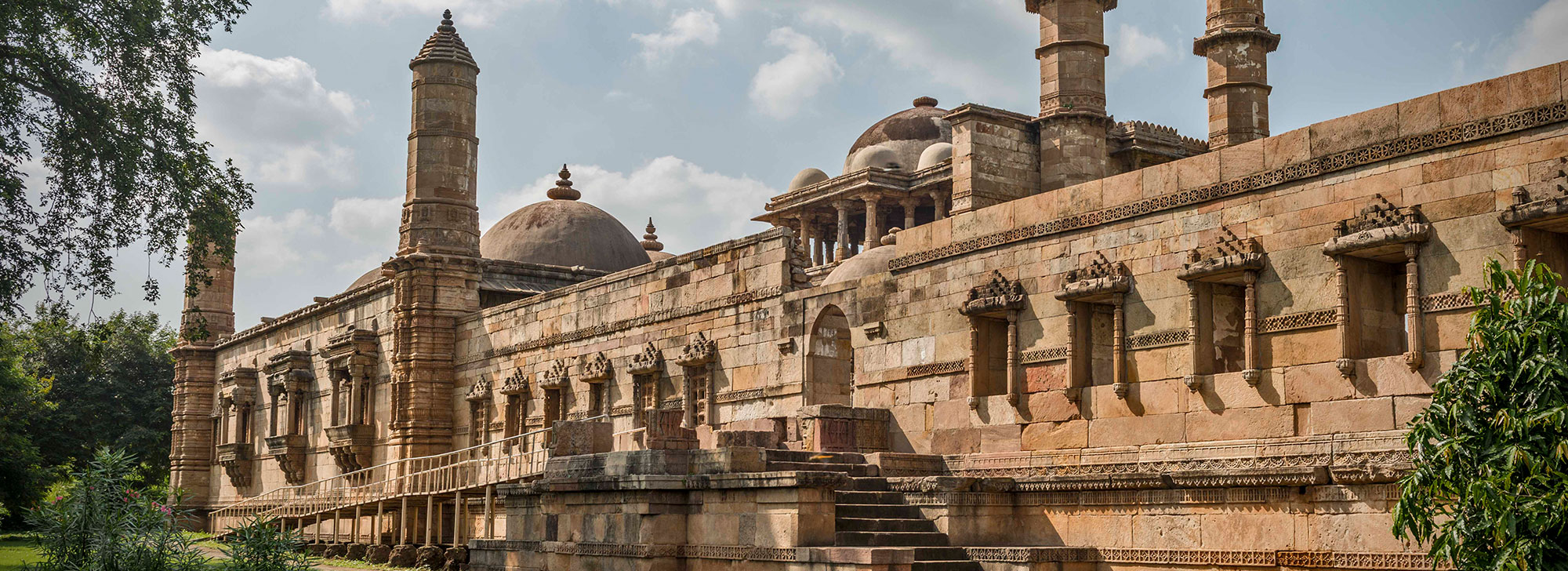
Champaner-Pavagadh Archaeological Park
Gujarat
Era: 8th – 14th century
Patron: Solanki and later Sultan Mahmud Begada
UNESCO World Heritage Site: Recognized in 2004
A blend of Hindu, Jain, and Islamic architecture from the 8th to 14th centuries. The site includes palaces, mosques, temples, stepwells, and fortifications, set against the scenic Pavagadh Hill. It was once the capital of Gujarat under Sultan Mahmud Begada.
The Jama Masjid here is considered one of the finest mosques in western India. The park reflects a rare, well-preserved Islamic pre-Mughal city and continues to attract history lovers and pilgrims alike.

Chhatrapati Shivaji Maharaj Terminus
Maharashtra (Mumbai)
Era: Completed in 1888
Patron: British colonial government (architect F.W. Stevens)
UNESCO World Heritage Site: Recognized in 2004
An outstanding example of Victorian Gothic Revival architecture blended with traditional Indian designs. Completed in 1887 to commemorate Queen Victoria’s Golden Jubilee, it was designed by Frederick William Stevens.
The grand building, with its turrets, pointed arches, and stone carvings, reflects the glory of colonial India. It remains one of the busiest railway stations in the country, symbolizing Mumbai’s position as a bustling hub of commerce.

Red Fort Complex
Delhi
Era: 17th century
Patron: Emperor Shah Jahan
UNESCO World Heritage Site: Recognized in 2007
A magnificent symbol of India’s rich history. Built with striking red sandstone, the fort houses palaces, halls, gardens, and mosques, showcasing Mughal architectural brilliance.
It was the political center of the Mughal dynasty and later became a symbol of India’s freedom struggle. Every year, India’s Prime Minister hoists the national flag here on Independence Day. The Red Fort embodies grandeur, resilience, and national pride.

Jantar Mantar
Jaipur, Rajasthan
Era: 18th century
Patron: Maharaja Sawai Jai Singh II
UNESCO World Heritage Site: Recognized in 2010
A collection of nineteen astronomical instruments. Designed to measure time, predict eclipses, and track celestial bodies, it demonstrates the advanced scientific knowledge of medieval India.
The world’s largest stone sundial is housed here, still functioning with remarkable accuracy. The observatory reflects the fusion of science, art, and religion. Its innovative structures continue to fascinate astronomers, historians, and tourists alike.

Western Ghats
Maharashtra, Goa, Karnataka, Kerala, Tamil Nadu
Era: Ancient mountain range formed ~150 million years ago
Patron: Natural heritage
UNESCO World Heritage Site: Recognized in 2012
One of the world’s eight “hottest hotspots” of biological diversity. This UNESCO site is home to numerous endemic species of plants and animals. The Ghats play a crucial role in India’s monsoon system and water cycle.
Rich in cultural and historical heritage, they host ancient temples, hill forts, and spice plantations. The breathtaking landscapes, dense forests, and waterfalls make it a haven for eco-tourism and biodiversity conservation.
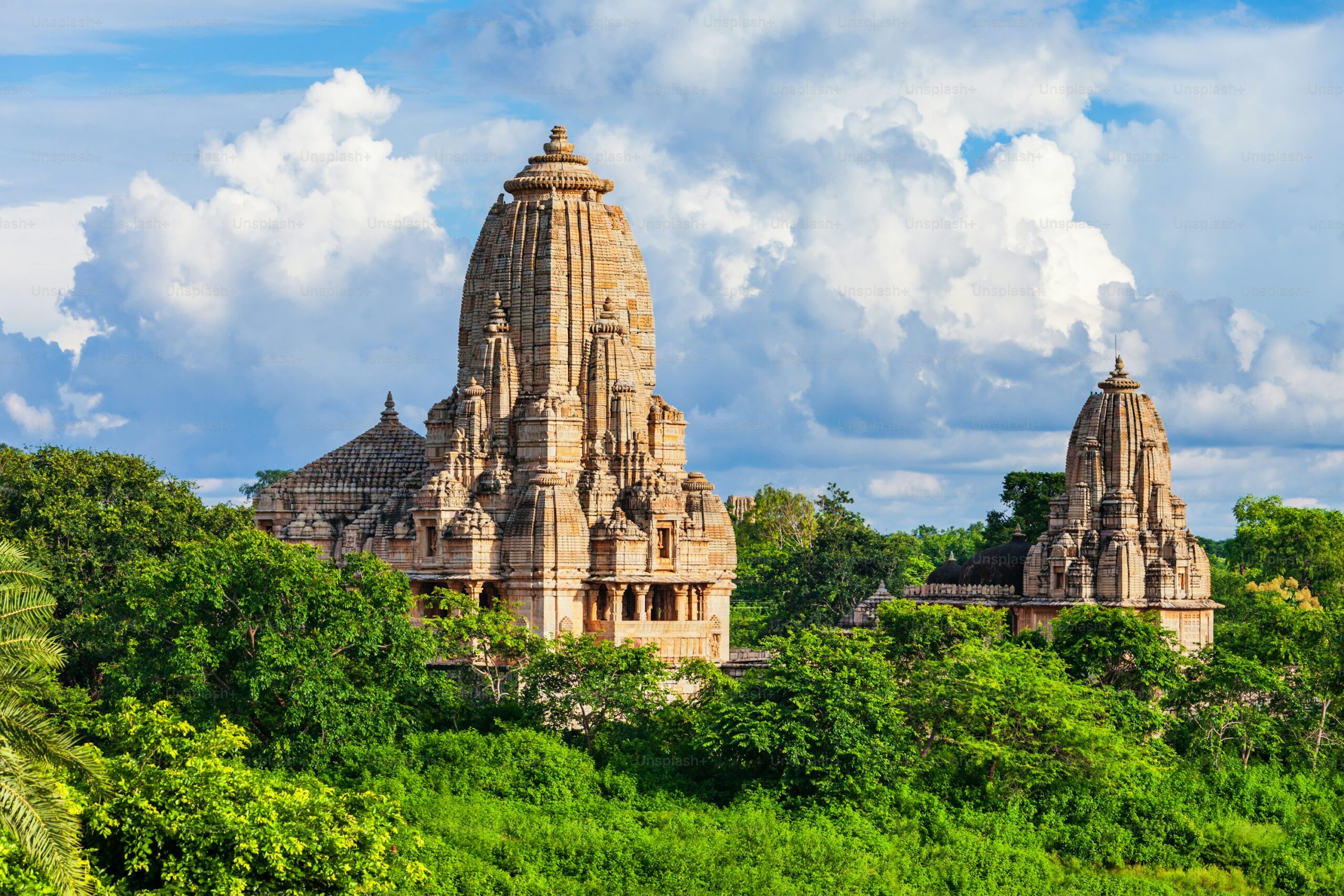
Hill Forts of Rajasthan
Rajasthan (Chittorgarh, Kumbhalgarh, Ranthambore, Gagron, Amber, Jaisalmer)
Era: 8th – 18th century
Patron: Rajput rulers
UNESCO World Heritage Site: Recognized in 2013
These massive fortifications were strategically built on hilltops, deserts, and riverbanks between the 7th and 18th centuries. Each fort reflects the power, grandeur, and warrior spirit of Rajput rulers.
They encompass palaces, temples, water systems, and defensive structures. Besides military significance, these forts highlight the cultural and artistic traditions of Rajasthan. Today, they stand as proud reminders of India’s royal heritage.
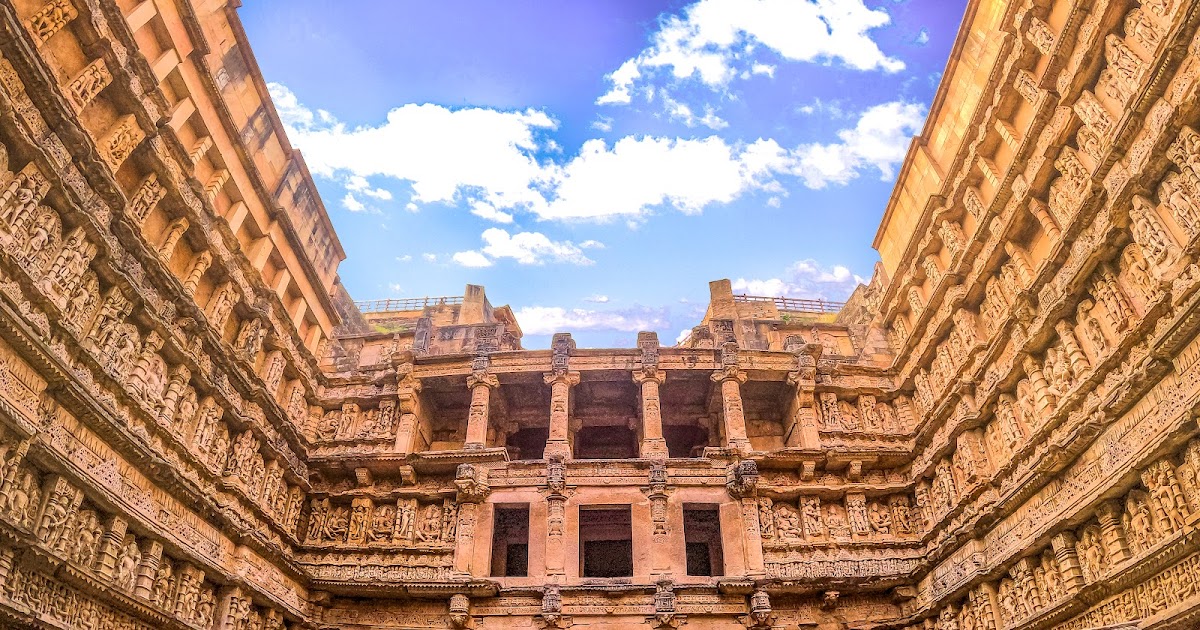
Rani-ki-Vav (Queen’s Stepwell)
Gujarat
Era: 11th century
Patron: Queen Udayamati (in memory of King Bhimdev I)
UNESCO World Heritage Site: Recognized in 2014
Built by Queen Udayamati in memory of King Bhima I of the Solanki dynasty. Designed as an inverted temple, it combines functionality with ornate art, serving as both a water storage system and a sacred space.
The stepwell is adorned with more than 1,000 sculptures depicting Hindu deities, celestial beings, and mythological themes. Its architectural precision and intricate carvings represent the pinnacle of Maru-Gurjara style. Buried under silt for centuries, it was excavated and restored to global recognition.
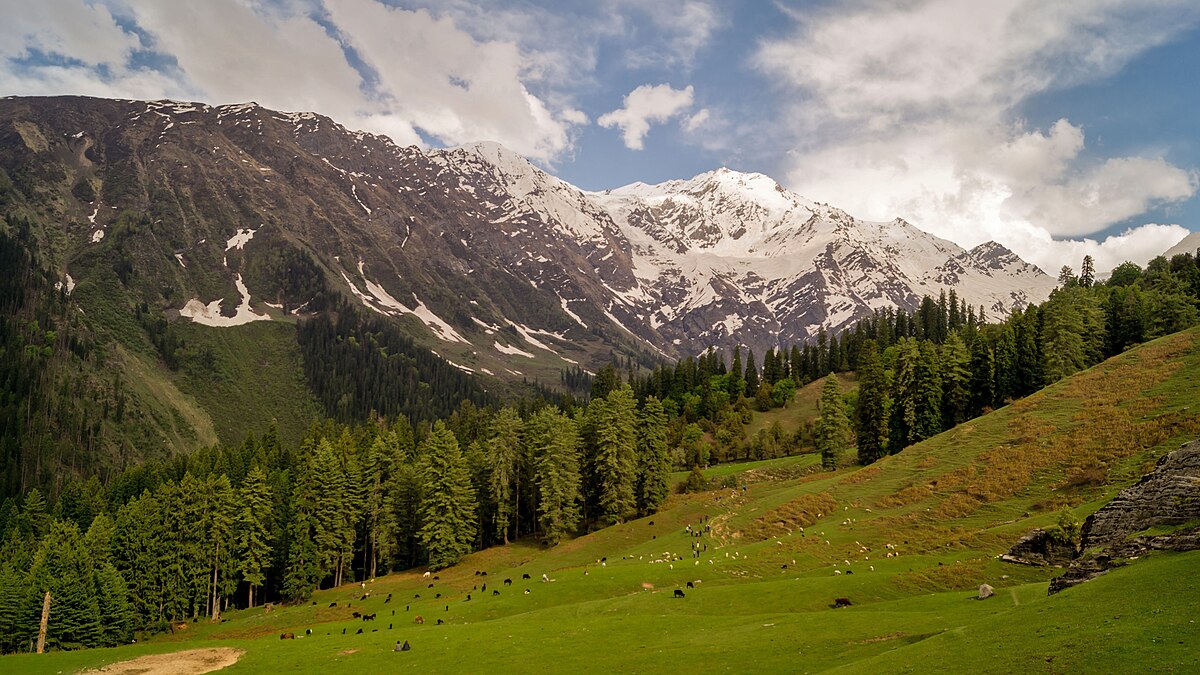
Great Himalayan National Park
Himachal Pradesh
Era: Established 1984 (conservation area)
Patron: Government of India (biosphere protection)
UNESCO World Heritage Site: Recognized in 2014
Spans alpine meadows, snow-covered peaks, and dense forests. Home to rare species like the snow leopard, Himalayan brown bear, and blue sheep, it is a biodiversity hotspot. The park covers four major river valleys and forms part of the Himalaya’s ecological treasures.
It also supports diverse plant life, with many endemic species. A paradise for trekkers and nature lovers, the park demonstrates the importance of preserving fragile mountain ecosystems.
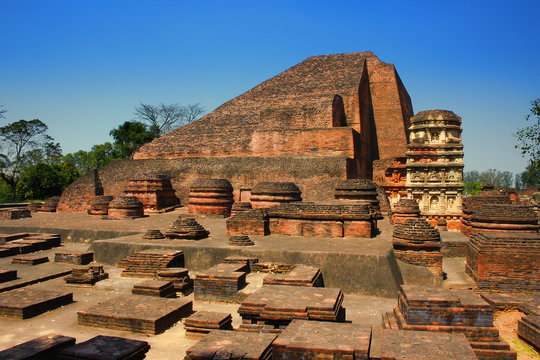
Archaeological Site of Nalanda Mahavihara (Nalanda University)
Bihar
Era: 5th – 12th century
Patron: Gupta Empire and later Buddhist rulers
UNESCO World Heritage Site: Recognized in 2016
One of the world’s earliest and greatest centers of learning, flourishing between the 5th and 12th centuries. The remains include stupas, monasteries, classrooms, and libraries that once attracted scholars from as far as China, Korea, and Central Asia. Nalanda was a hub for Buddhist studies, philosophy, mathematics, and astronomy.
The ruins reflect both Gupta and Pala architectural styles. Though destroyed in the 12th century, Nalanda continues to symbolize India’s legacy as a global educational powerhouse.

Khangchendzonga National Park
Sikkim
Era: Ancient sacred landscapes; established 1977 as a park
Patron: Local Buddhist traditions & Indian government
UNESCO World Heritage Site: Recognized in 2016
Encompasses the world’s third-highest peak, Mount Khangchendzonga. A unique mix of natural beauty and cultural heritage, it is home to glaciers, valleys, lakes, and sacred sites. Rich biodiversity includes species like the snow leopard, musk deer, and Himalayan tahr.
The park is also revered by local communities, who associate it with myths and spiritual beliefs. Recognized for both cultural and ecological significance, it reflects the deep bond between people and nature in the Himalayas.
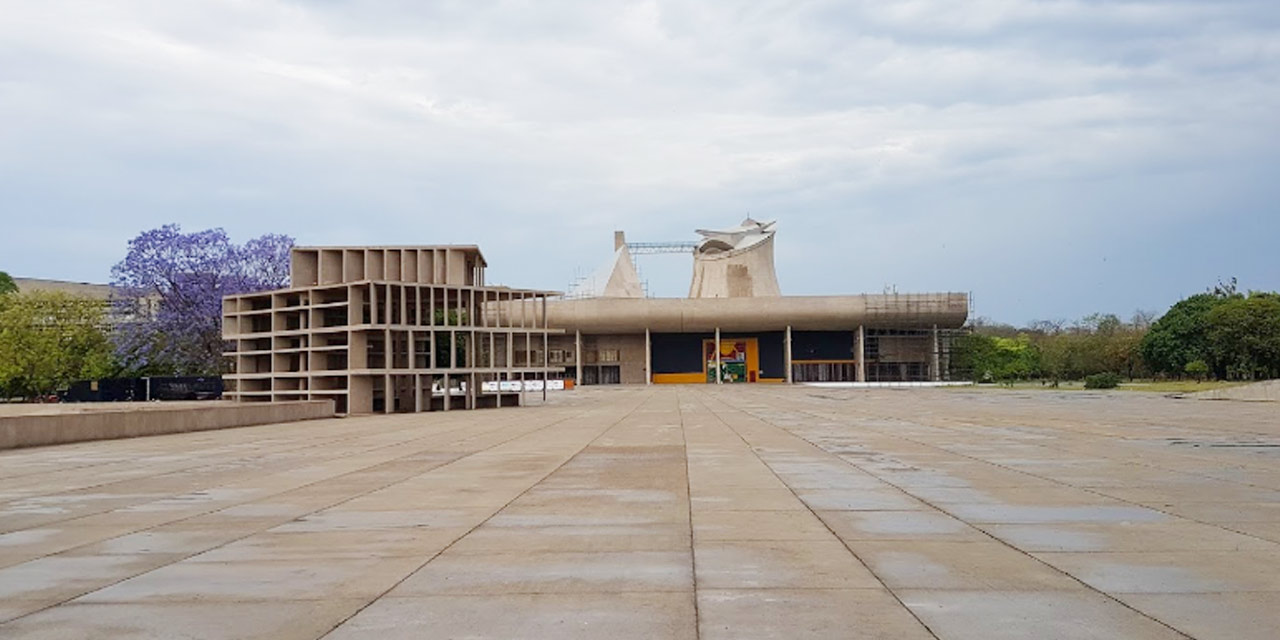
The Architectural Work of Le Corbusier
Chandigarh (part of transnational listing)
Era: 1950s
Patron: Government of India (Jawaharlal Nehru’s vision)
UNESCO World Heritage Site: Recognized in 2016
Designed in the 1950s, is India’s first planned city post-independence. Iconic buildings like the Capitol Complex embody Le Corbusier’s modernist vision, with open spaces, geometric layouts, and functional design.
The architecture represents the ideals of progress, democracy, and urban planning. Chandigarh continues to stand as a global example of modernist architecture adapted to an Indian context.
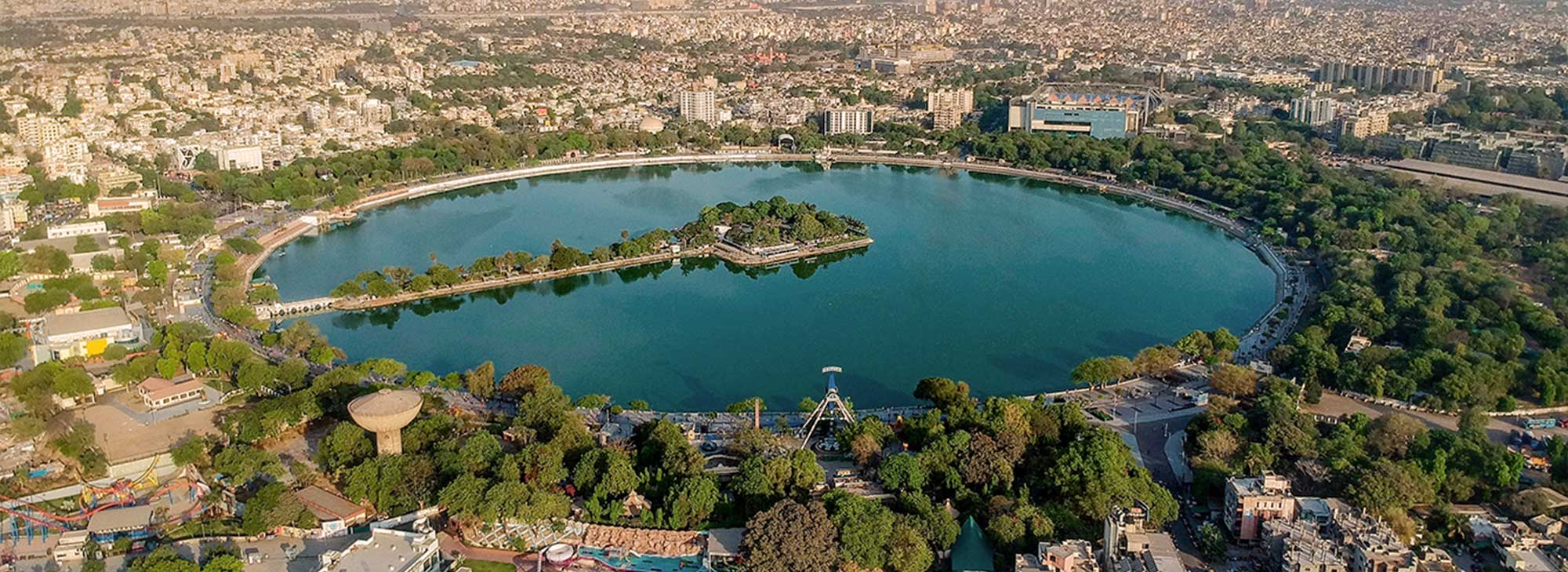
Historic City of Ahmedabad
Gujarat
Era: Founded 15th century
Patron: Sultan Ahmed Shah
UNESCO World Heritage Site: Recognized in 2017
The historic walled city of Ahmedabad in Gujarat is a blend of Hindu, Islamic, and Jain traditions. It houses intricately carved wooden havelis, mosques, temples, and stepwells. The city flourished as a hub of trade and culture, with its urban planning reflecting harmonious coexistence of communities.
Important landmarks include the Jama Masjid, Bhadra Fort, and Pol houses. Today, Ahmedabad is recognized for its living heritage that seamlessly connects history with modern urban life.

Victorian Gothic and Art Deco Ensembles
Maharashtra
Era: 19th – 20th century
Patron: British architects and Indian patrons
UNESCO World Heritage Site: Recognized in 2018
The site showcases a unique blend of 19th-century Victorian Gothic public buildings and 20th-century Art Deco residential and commercial structures. Landmarks such as the Bombay High Court, University of Mumbai, and Marine Drive exemplify this fusion.
Together, they form the world’s second-largest collection of Art Deco buildings after Miami. The ensemble represents colonial ambitions, cultural adaptation, and India’s entry into modernity. Mumbai’s skyline is forever defined by this striking architectural heritage.

Jaipur City
Rajasthan
Era: 18th century
Patron: Maharaja Sawai Jai Singh II
UNESCO World Heritage Site: Recognized in 2019
The capital of Rajasthan, is renowned as the “Pink City.” It was one of the earliest planned cities of India, laid out on the principles of Vastu Shastra and Shilpa Shastra.
With its wide avenues, bazaars, and architectural marvels like Hawa Mahal, City Palace, and Jantar Mantar, Jaipur reflects urban innovation. The city also prospered as a center of arts, crafts, and trade. Its harmonious urban planning makes it a cultural jewel of India.

Kakatiya Rudreshwara (Ramappa) Temple
Telangana
Era: 13th century
Patron: Recharla Rudra (Kakatiya dynasty)
UNESCO World Heritage Site: Recognized in 2021
Built in the 13th century under the Kakatiya dynasty, is dedicated to Lord Shiva. Renowned for its intricate carvings, floating bricks used in construction, and richly sculpted pillars, the temple is an architectural masterpiece.
The celestial dancers carved on its walls are especially famous. The temple reflects Kakatiya skill in blending aesthetics with engineering innovation. Its resilience after centuries of natural calamities showcases the durability of traditional craftsmanship.

Dholavira: A Harappan City
Gujarat
Era: 3rd millennium BC – 1500 BC
Patron: Indus Valley Civilization
UNESCO World Heritage Site: Recognized in 2021
One of the most remarkable urban settlements of the Indus Valley Civilization, dating back to 3000 BCE. Excavations reveal sophisticated town planning, with reservoirs, drainage systems, and monumental structures.
The city also showcases early stone architecture and unique inscriptions yet to be deciphered. Dholavira highlights the ingenuity of Harappan engineering in water management in an arid environment. It is a rare window into one of the world’s earliest civilizations.

Sacred Ensembles of the Hoysalas (Belur, Halebidu, Somnathapura)
Karnataka
Era: 12th – 13th century
Patron: Hoysala dynasty kings (Vishnuvardhana, Ballala II)
UNESCO World Heritage Site: Recognized in 2023
Represent the peak of Hoysala temple architecture (12th–13th century). Built with soapstone, they are adorned with exquisite sculptures of gods, celestial beings, animals, and intricate friezes.
The Chennakesava Temple at Belur and the Hoysaleswara Temple at Halebidu are among the finest examples. These temples reflect the spiritual, artistic, and cultural achievements of the Hoysalas. Their detailed carvings and symmetrical designs continue to mesmerize historians and visitors alike.

Santiniketan
West Bengal
Era: Early 20th century
Patron: Rabindranath Tagore
UNESCO World Heritage Site: Recognized in 2023
Evolved into a unique educational and cultural center. It became home to Visva-Bharati University, which promoted holistic learning blending Indian traditions with global ideas. The site is associated with Tagore’s philosophy of freedom in education, art, and creativity.
Its environment inspired poets, artists, and thinkers worldwide. The buildings, murals, and open-air classrooms embody a spirit of cultural exchange and innovation. Santiniketan remains a living heritage of Tagore’s vision.

Moidams – the Mound-Burial System of the Ahom Dynasty
Assam
Era: 13th – 19th century (late medieval period, ~600 years)
Patron: Tai-Ahom dynasty royals (Ahom kings and nobility)
UNESCO World Heritage Site: Recognized in 2024
The Moidams are royal burial mounds of the Ahom dynasty, who ruled for nearly 600 years. Constructed between the 13th and 19th centuries, these mounds served as elaborate tombs for Ahom kings and nobles. The burial chambers include artifacts, weapons, and valuables symbolizing royal power.
Architecturally, they reflect a fusion of Tai-Ahom and local traditions. Moidams are not only archaeological treasures but also carry immense cultural and historical value for Northeast India.

Maratha Military Landscapes of India
Maharashtra
Era: 17th – 19th century (Maratha period)
Patron: Maratha rulers under Chhatrapati Shivaji and subsequent Maratha leadership
UNESCO World Heritage Site: Recognized in 2025
Represent a network of forts and defense systems built between the 17th and 19th centuries. Under leaders like Chhatrapati Shivaji Maharaj, these forts—such as Raigad, Sinhagad, and Pratapgad—demonstrated strategic brilliance.
Built across hills, coasts, and plateaus, they showcase adaptive military architecture. These landscapes symbolize Maratha resilience against larger empires, including the Mughals. Today, they stand as powerful reminders of India’s regional resistance and cultural pride.

